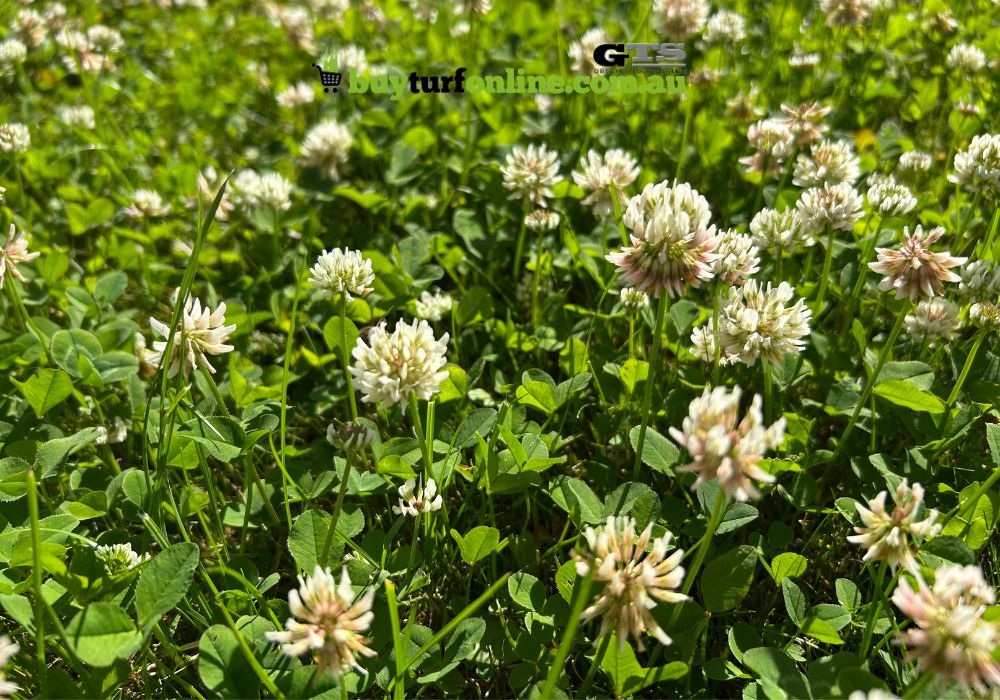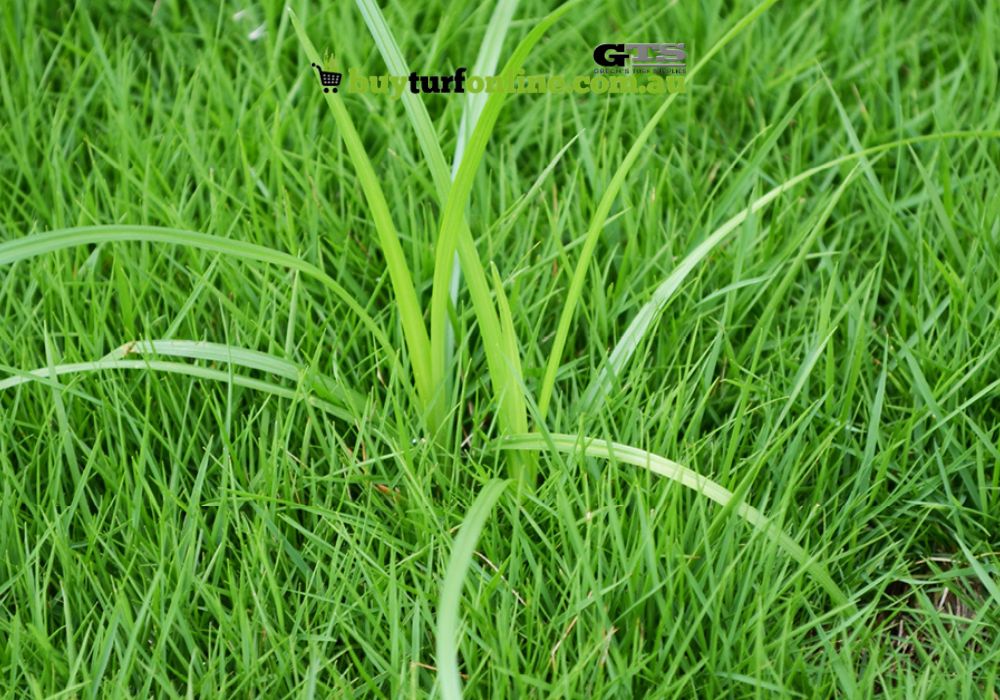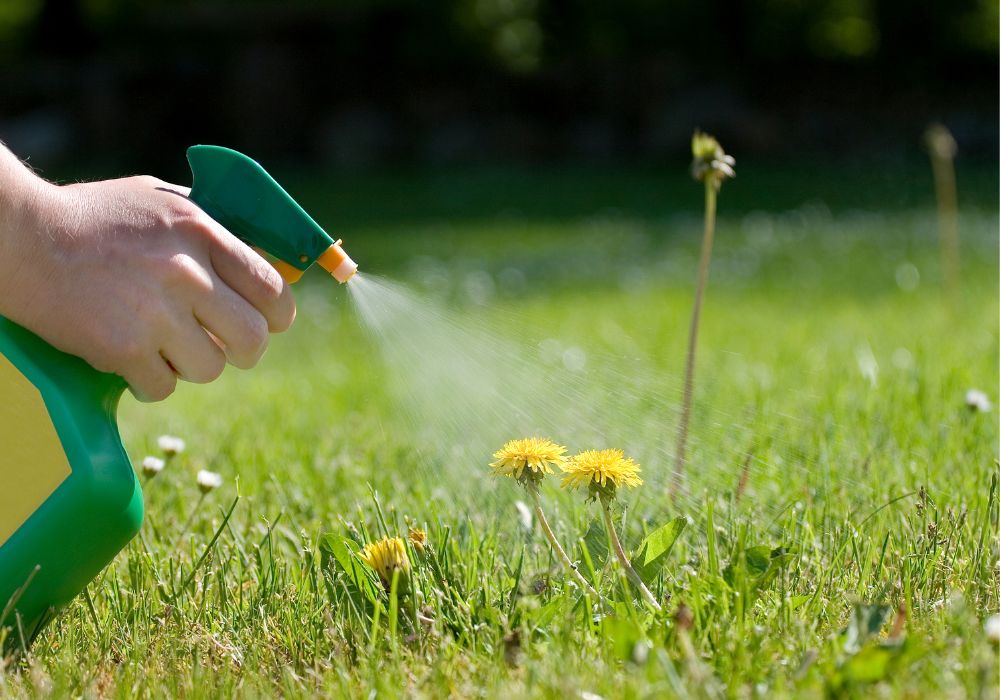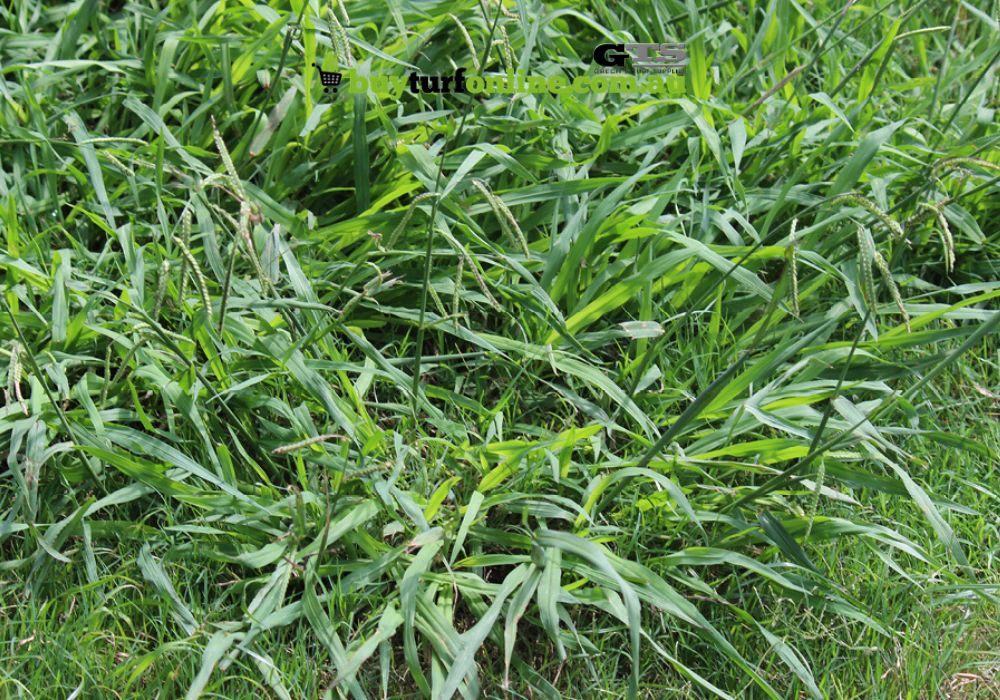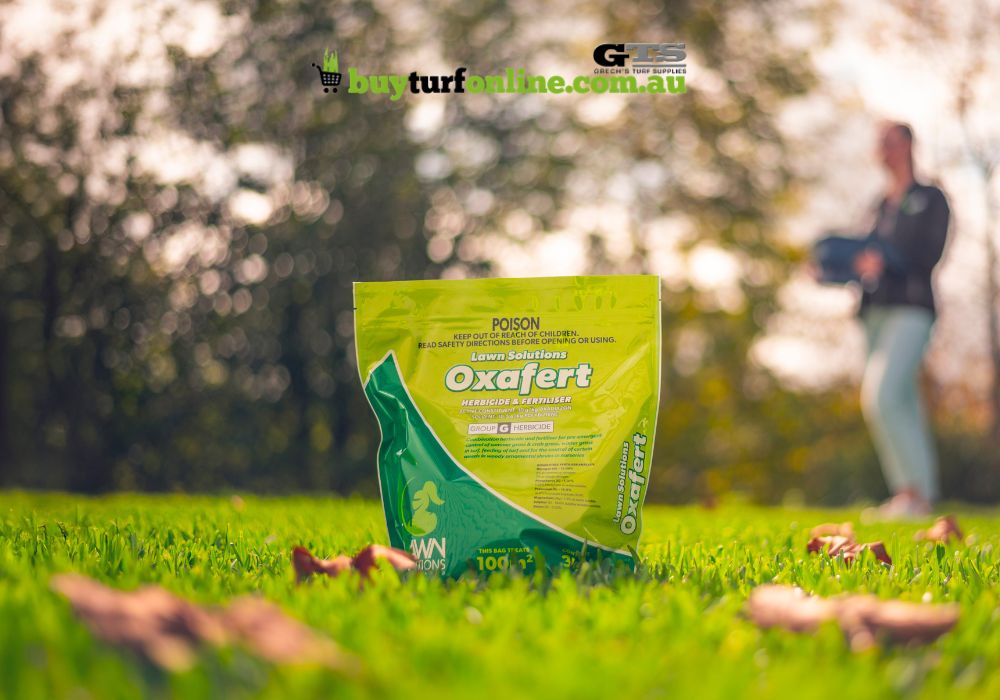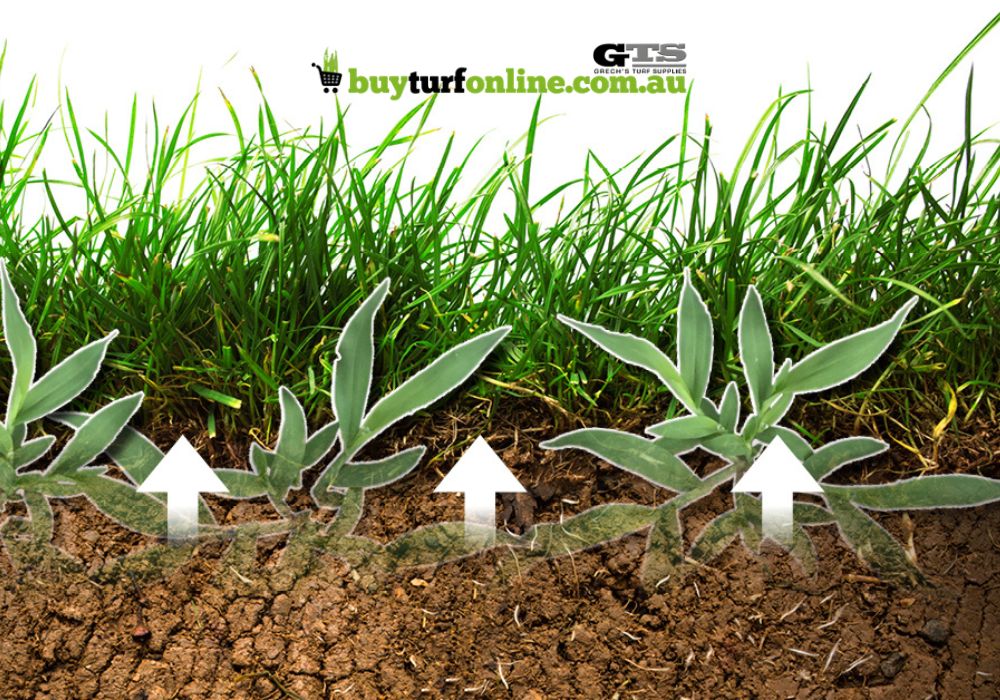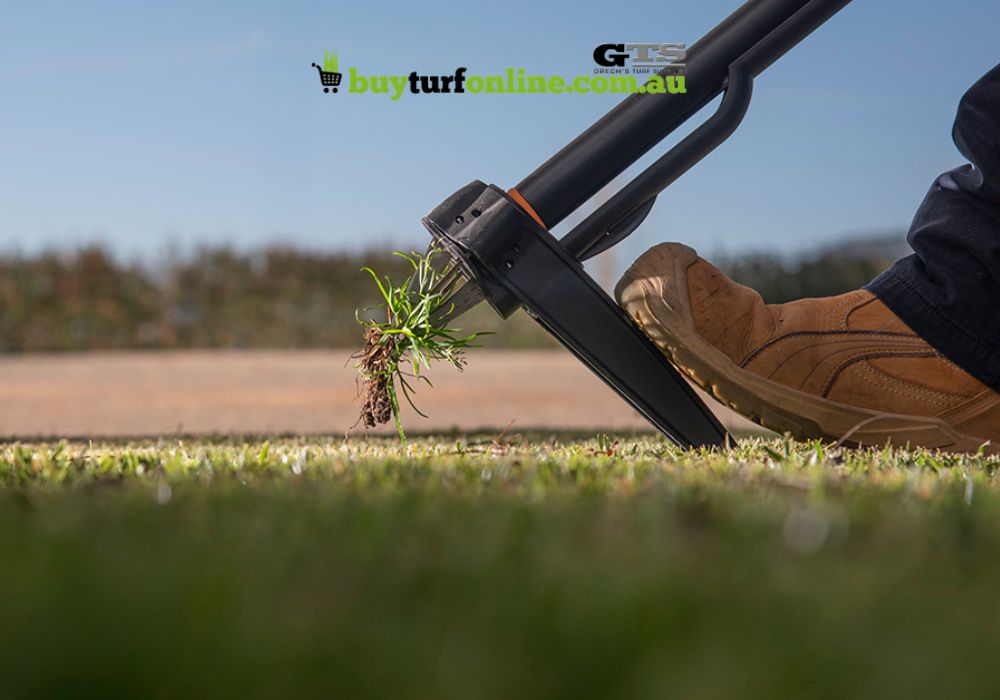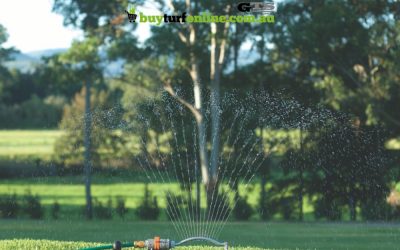Summer Lawn Weeds: Prevention and Management
Prevention and Management
Summer in Australia means BBQs, backyard cricket, and enjoying the sunshine—but nothing spoils the fun faster than stepping on a prickly seed pod or noticing summer grass weeds invading your beautiful lawn. Don’t worry, though. With some simple, smart strategies, you can control weeds and keep your lawn lush and barefoot-friendly.
Here’s your guide to tackling common lawn weeds the easy way.
Spotting Summer Grass Weeds
Your first line of defence is knowing what you’re up against. Here are some of the most annoying weeds to watch out for in summer.
Bindii
Famous for its fine spiky seed heads that turn your lawn into a minefield. Look for a low-growing weed with tiny seed pods and bright green leaves adorned with prickly surprises.
Why Bindii appears
Thrives in nutrient-poor soil and compacted areas with poor lawn coverage. Bindii produces its prickly seed heads in late spring to early summer.
How to get rid of Bindii
Use a selective herbicide in early spring before the seed heads form. Aerate compacted areas and fertilise your lawn to encourage healthy grass growth.
Clover
That cute miniature clover plant? It’s not so cute when it takes over your lawn. Its trifoliate green leaves and tiny white flowers are easy to spot.
Why Clover appears
Clover often thrives in lawns with low nitrogen levels. Its ability to fix nitrogen allows it to outcompete grass in nutrient-deficient areas.
How to get rid of Clover
Apply a broadleaf selective herbicide or use a clover weed killer for quick removal. Alternatively, you can fertilise your lawn with a nitrogen-rich fertiliser to help grass outcompete clover naturally.
Nutgrass
With triangular stems and thin grey-green leaves, it thrives in nutrient-poor soil or areas with excessive soil moisture.
Why Nutgrass appears
Nutgrass favours poorly drained, compacted soils and spreads through underground tubers and seeds.
How to get rid of Nutgrass
Use a selective post-emergent herbicide for nutgrass, such as Sedge Control herbicide. Improve soil drainage and aeration to discourage its growth.
Dandelion
Known for its bright yellow flowers, it forms soft hairy leaves and spreads with dandelion seeds that ride the wind straight into your lawn.
Why Dandelion appears
Dandelions are hardy perennial weeds that thrive in thin lawns and areas with poor soil structure.
How to get rid of Dandelion
Remove manually by digging out the taproot or applying a broadleaf herbicide such as Lawn Lovers Buffalo Weed Control (to make sure not to damage any buffalo lawns).
Summer Grass
This annual weed is a warm-season invader with light green leaves and slightly folded leaf blades. It produces pale green seed heads and spreads through sticky seeds that latch onto shoes, pets, and lawn equipment. It often thrives in thin lawns and nutrient-poor soil.
Why Summer Grass appears
High soil temperatures and excessive moisture create ideal conditions for its germination. Sparse turf makes it easier for summer grass to take hold.
How to get rid of Summer Grass
Apply a pre-emergent herbicide in spring to stop seeds from sprouting. Use a selective herbicide for active infestations and maintain a thick, healthy lawn.
Regularly inspecting your lawn, especially during late spring and early summer, will help you catch these grass weeds before they spread.
Preventing Weeds in Your Lawn
The saying “an ounce of prevention is worth a pound of cure” applies perfectly to lawn care. With healthy lawn practices, and a bit of help from pre-emergent herbicides, you don’t have to reactively tend to your lawn when weeds pop up.
Pre-emergent herbicides
Using a pre-emergent herbicide, such as Oxafert, stops weed seeds from germinating.
- Apply in early autumn or late spring to target mainly summer grass weeds before they grow.
- Focus on areas with sparse, unhealthy lawn areas or thin lawns where invading weeds love to settle.
- For annual weeds like crabgrass and summer grass, products containing pre-emergent herbicide are highly effective.
Building a weed-resistant lawn
The best defence against weeds is a strong offence. A healthy lawn naturally suppresses weeds by denying them space and resources.
Choose a suitable lawn species
DNA-certified Sir Walter buffalo lawn and Nullarbor Couch grass are hardy options suited to Australian climates can outcompete weeds.
Feed your lawn
Fertilise in early spring and early summer to prevent nutrient-poor soil from encouraging grassy weed growth. A liquid fertiliser such as Lawn Kelper will give your lawn a boost so it receives much needed nutrients quickly.
Water wisely
Avoid creating excessive soil moisture, which encourages invading weeds. Deep, infrequent watering is best for healthy grass roots.
Mow smartly
Mow at the right height for your grass type. Too short, and you create thin areas; too long, and you risk seed heads forming.
Managing Weeds in Your Lawn
While prevention is the best option for healthy lawns, for areas with a significant weed invasion you’ll first need to manage those. Luckily, there are a few things you can do to manage a weed invasion. Depending on the weed type and your lawn, you may decide to use an organic or chemical solution.
Organic solutions
Hand-pulling
Great for tackling annual weeds like bindii or dandelion early on. Make sure you get the grass roots and creeping underground stems.
Natural remedies
A vinegar solution can work on broadleaf weeds, but it may harm your lawn if not used carefully. Similarly, hot water poured directly on a weed can kill it. However, this is best practiced on pavers to avoid damage to your grass.
Chemical solutions
Use a selective herbicide to target weeds like clover weed and summer grass without damaging your entire lawn. Products containing DSMA are particularly effective for paspalum, crabgrass, and crowsfoot.
For stubborn offenders like nut grass, try a non-selective herbicide designed for tougher grassy weeds. We recommend Lawn Solutions Sedge Control Herbicide. Always read the label and follow instructions—spraying on a windy day can spread the herbicide to areas you don’t want treated.
Summer Lawn Care
Keeping your lawn in top shape during summer goes beyond weed control. Proper care ensures a lush, vibrant lawn that’s resistant to stress and pests.
Watering
Water deeply and early in the morning to minimise evaporation and promote deep root growth. Avoid frequent, shallow watering, which encourages weak roots. Read more about watering your lawn in summer.
Mowing
Mow regularly but never cut more than one-third of the grass height in a single mow. This prevents stress and helps your lawn retain moisture.
Fertilising
Use a slow-release fertiliser formulated for summer to keep your lawn nourished and green.
Aeration
Aerate compacted areas to improve water and nutrient penetration.
For a full guide, check out our comprehensive blog on summer lawn care.
With a little effort (and some clever use of weed control like pre-emergent herbicides and weed killers), you can keep your lawn free of broad grass leaves, sticky seeds, and other nasties. Remember, a suitable lawn species and regular maintenance are your best weapons against invading weeds.
So get out there, inspect your lawn, and take action today. A lush, bright green lawn awaits—and you’ll be ready for all the summer fun your backyard can handle.
read more!
recent posts
Poolside Turf: Choosing and Maintaining Grass Around Pools
There’s nothing quite like stepping out of a swimming pool onto soft, lush grass. But when it comes to finding the best grass for around a pool, not all lawns are created equal. Chlorine pools, heavy foot traffic, and the unforgiving Australian sun can take a toll on...
Keeping Your Lawn Green and Healthy During the Summer Heat
Discover the best grass options for your lawn with our complete guide. Make informed choices for a lush, healthy yard. Read more to find your ideal grass!
The Ultimate Watering Guide for Summer Lawns
Discover the best grass options for your lawn with our complete guide. Make informed choices for a lush, healthy yard. Read more to find your ideal grass!


